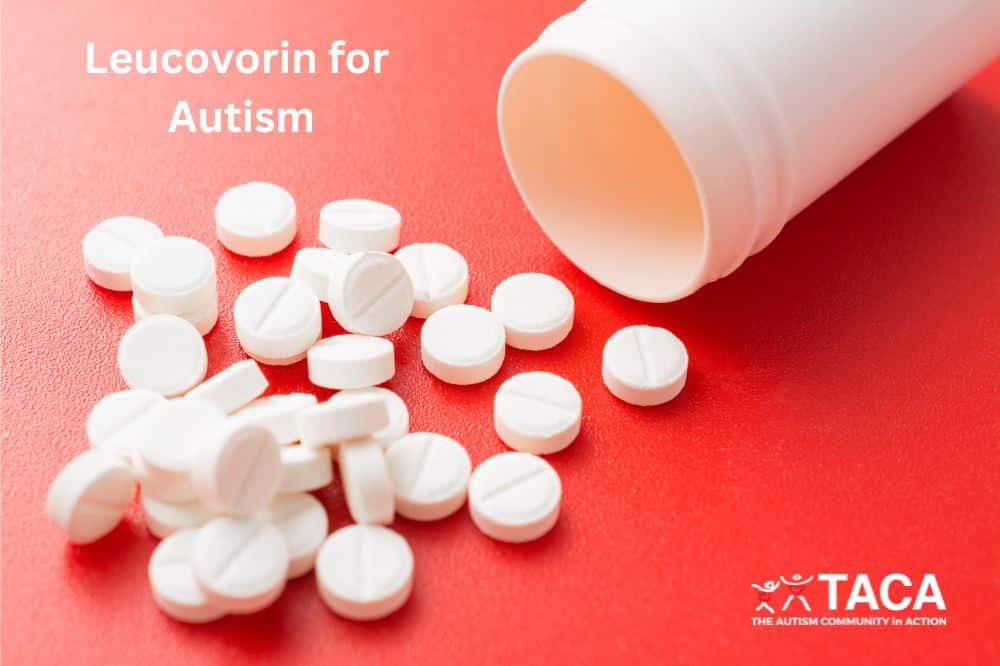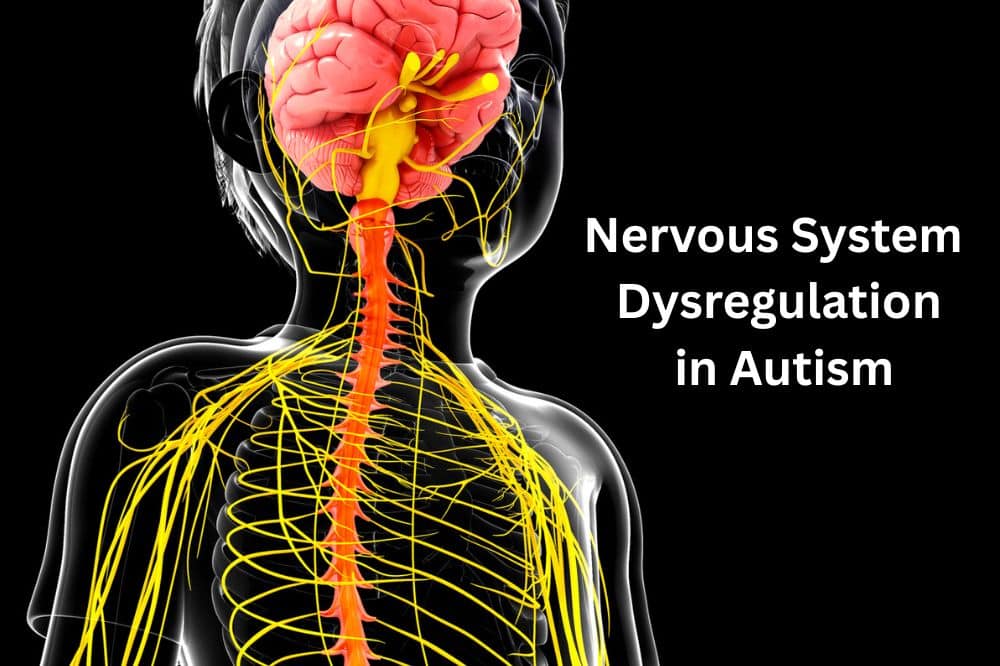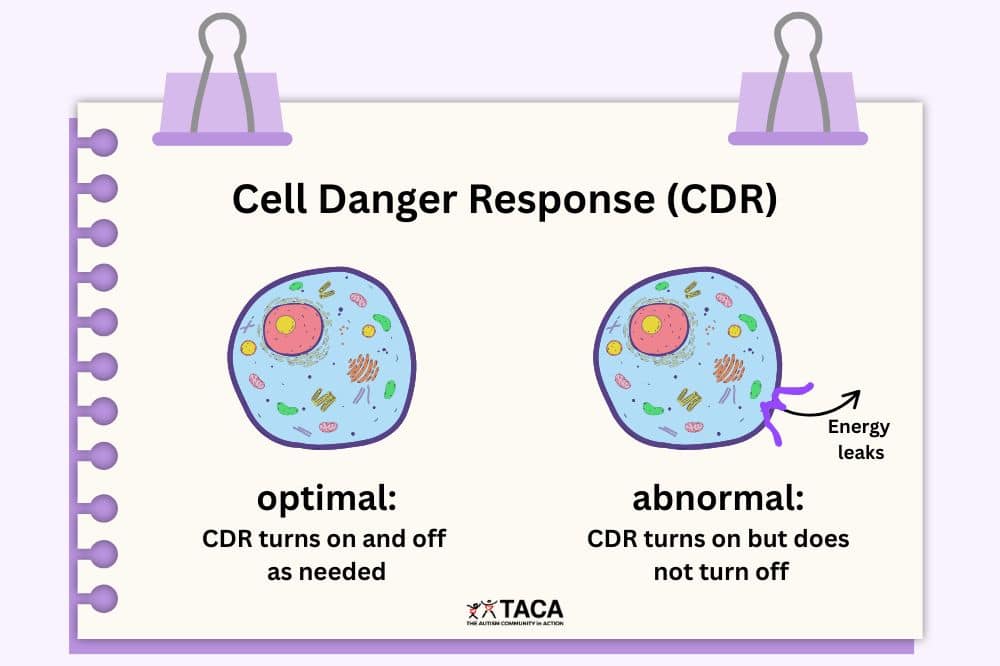Excess Ammonia in Autism
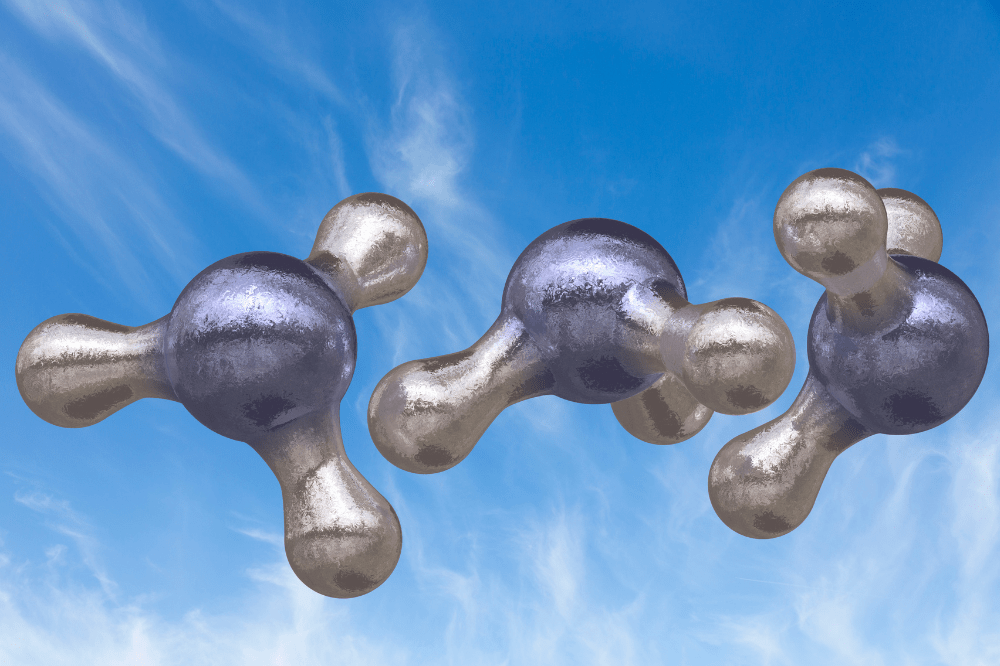
All contents of this resource were created for informational purposes only and are not intended to be a substitute for professional advice, diagnosis, or treatment. Always seek the advice of your physician, therapist, or other qualified health providers with any questions or concerns you may have.
Ammonia is toxic to the human body. In fact, elevated ammonia in the body can cause brain fog, difficulty thinking, strange behaviors, or even a drunken appearance. Due to numerous reasons, children, teens, and adults diagnosed with autism are susceptible to ammonia toxicity. In this study, the concentration of ammonia in stool was significantly greater in ASD participants than controls. Another study from 2020, concluded dysregulated amino acid metabolism, high ammonia, and oxidative stress were prevalent among autistic children.
Sometimes our kids diagnosed with autism have unexplainable behaviors, or behaviors which we attribute to causes such as yeast overgrowth. However, these symptoms might actually be excess ammonia in the blood or even the brain. The liver works to clear excess ammonia through the urea cycle. However, when the liver is overburdened or energy production is low, this process gets slowed down. It is suggested that in patients with autism, the diseased intestines generate more ammonia than their impaired liver can clear at first pass, which results in ammonia entering the brain.
This article will cover:
- Symptoms of excess ammonia
- Causes of excess ammonia
- Testing for ammonia
- Treatments for excess ammonia

Symptoms of Excess Ammonia
- Ammonia odor in urine or stool
- Laughing at seemingly nothing
- Brain fog
- Mood swings going from happy to angry and back
- Problems with sleeping including too much sleep or insomnia
- Seizures
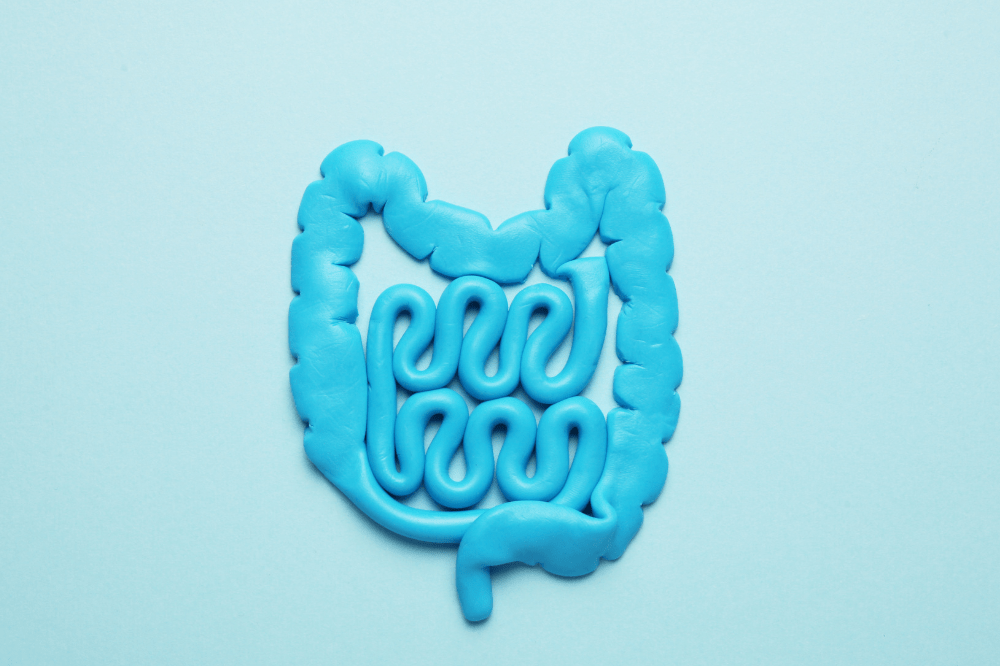
Causes of Excess Ammonia in Autism
There are numerous reasons for excess ammonia, however the biggest reason in autism is gastrointestinal dysbiosis. In this section, we will review the several causes to consider.
Gut dysbiosis
- This is an imbalance between beneficial bacteria, pathogenic bacteria, and yeast in the gut.
- One of the major byproducts of yeast is ammonia.
- In addition, when using methods to kill excess pathogenic bacteria or yeast, ammonia can spike.
- This is because the bacteria or yeast will release ammonia as it dies.
- Therefore, working on gut healing and using binders to flush out excess ammonia can be helpful.
- See this TACA article for more information on binders
Excess Protein intake
- This study showed that increasing dietary protein intake by 72% resulted in a 59% increase in blood ammonia levels.
- Therefore, reducing meat and increasing vegetables is important.
Inability to tolerate sulfur
- If the body cannot tolerate high sulfur supplements or foods, the result is excess ammonia.
- Supplements high in sulfur include: Alpha Lipoic Acid (ALA), Glutathione, NAC, Sulforaphane, and MSM.
- Even thiamine (B1), pantothenic acid (B5), and biotin contain small amounts of sulfur.
- Please note that sulfur is incredibly important to kids diagnosed with autism due to the impaired transsulfation pathway. Therefore, it is important to support the body.
- Sometimes molybdenum can help the body can tolerate sulfur.
- Go low and slow with sulfuric foods and supplements if your child is prone to difficulties with sulfur.
Genetics
- Certain genetic polymorphisms may influence ammonia accumulation in the body.
- These include CBS, NOS, SOD, MTHFR A1298C, OTC, SUOX.
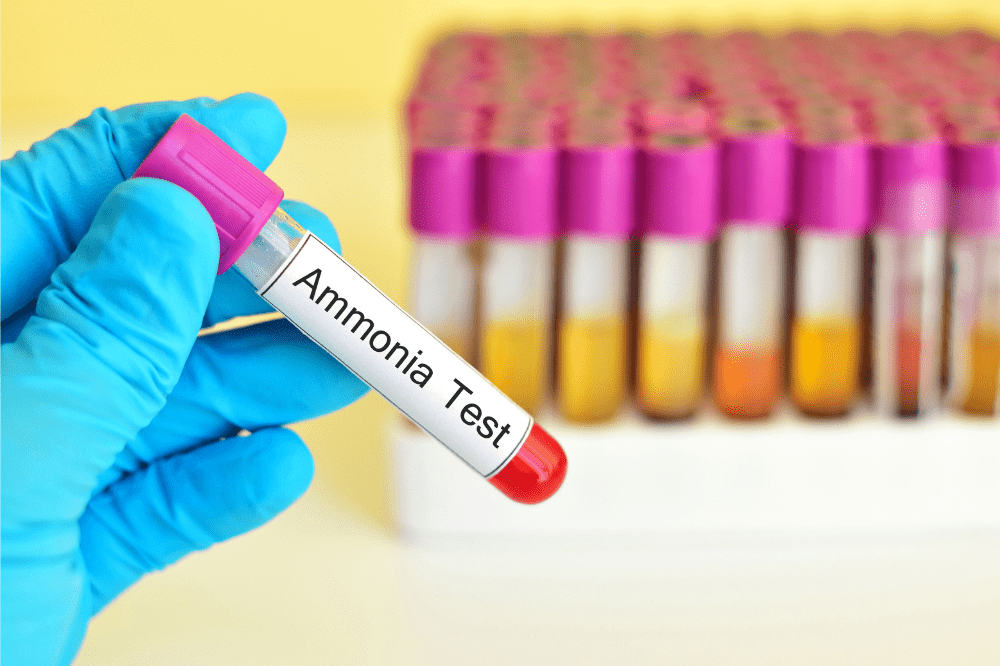
Testing for Ammonia
- The biggest sign of excess ammonia is the smell in urine and stool.
- On an OAT (urinary organic acid test), the ammonia marker is elevated orotic acid.
- Orotic acid is a marker of the liver’s capacity to convert toxic ammonia to non-toxic urea, which is then excreted.
- This is marker 60 on the Mosaic OAT. (Mosaic was formerly Great Plains OAT)
- Orotic acid can also be found on a Genova Diagnostics OAT.
- Orotic acid is a marker of the liver’s capacity to convert toxic ammonia to non-toxic urea, which is then excreted.
- Blood test for ammonia level
- Note: The blood must be handled in a specific way once the blood is drawn.
- The specimen must be placed on ice immediately
- The blood must be spun to separate plasma within 15 minutes of collection.
- If the patient struggles during sample collection, it could alter the results.
Treatments for Excess Ammonia in Autism
If you can discover what is driving the excess ammonia, you can treat and solve the issue. In the meantime, consider discussing these treatments with your functional medicine doctor.
- BH4 supplement (Pteridin-4)
- This increases nitric oxide and improves blood flow.
- Note that Royal Jelly has naturally occurring BH4.
- L-Citrulline supplement
- It is one of the components of the urea cycle, a process involved with the detoxification of ammonia.
- When L-citrulline is converted to L-arginine, it produces nitric oxide which improves blood flow.
- Phosphorus supplement
- When ATP (energy) levels are low, the body relies more on creatine phosphate for energy.
- When there is not enough phosphorus to make creatine phosphate, the amino acid arginine combines with glycine to make more creatine phosphate, which is used both for energy and to get rid of ammonia.
- However, that means there is insufficient arginine for the urea cycle. And unfortunately, creatine phosphate is not as good at processing ammonia as the urea cycle.
- Therefore, a phosphorus supplement works to support the creatine pathway and helps with energy production.
- Note: Do not use a phosphorus supplement if the kidneys are not working optimally.
- Molybdenum and iron
- Both molybendum and sufficient iron are needed for the proper function of the xanthine oxidase enzyme.
- Uric acid cannot be formed if the xanthine oxidase enzyme is not functioning properly.
- Yucca supplement
- Absorbs excess ammonia in the gut.
- Butyrate supplement
- Encourages the formation of friendly bacteria in the gut.
- Alpha-Ketoglutaric Acid
- ammonia combines with alpha-ketoglutaric acid to make glutamate which then combines with more ammonia to make L-glutamine.
- If your child is sensitive to glutamate, this may not be the best approach.
- L-Carnitine
- Increases production of ATP, which is essential for the conversion of ammonia to urea.
- Stimulates the urea cycle via production of N-acetylglutamate.
- Lowering meat in diet
- As is discussed above, a high protein diet feeds ammonia
- Rifaximin
- If high ammonia levels are due to ammonia-producing bacteria, rifaximin can help reduce the number of these bacteria.
- Rifaximin is a prescription antibiotic.
- Lactulose
- Lactulose is a prescription laxative.
- It works by decreasing intestinal production and absorption of ammonia. It also draws ammonia from the blood into the colon, where the body excretes it.
- Prunes
- Prunes are a great source of fiber and the sorbitol in them also helps clear ammonia.
Conclusion
Excess ammonia in the blood and brain can cause core autism behaviors. Addressing these causes and treating excess ammonia can help kids and adults with autism have a better quality of life.

